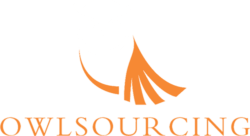Estimated reading time: 14 minutes
Importing toys from China can be a lucrative venture for entrepreneurs and business owners, especially for those in the toy retail and wholesale industry or Amazon sellers. With China being the world’s largest toy exporter, there are ample opportunities to find high-quality toys at competitive prices. However, navigating the complexities of importing can be daunting without the right knowledge and guidance. In this comprehensive guide, we will walk you through the process of importing toys from China, providing valuable insights and practical advice to help you succeed in this venture.
Table of Contents
ToggleFoundations of Preparing Toy Imports
Determining Toy Types for Import
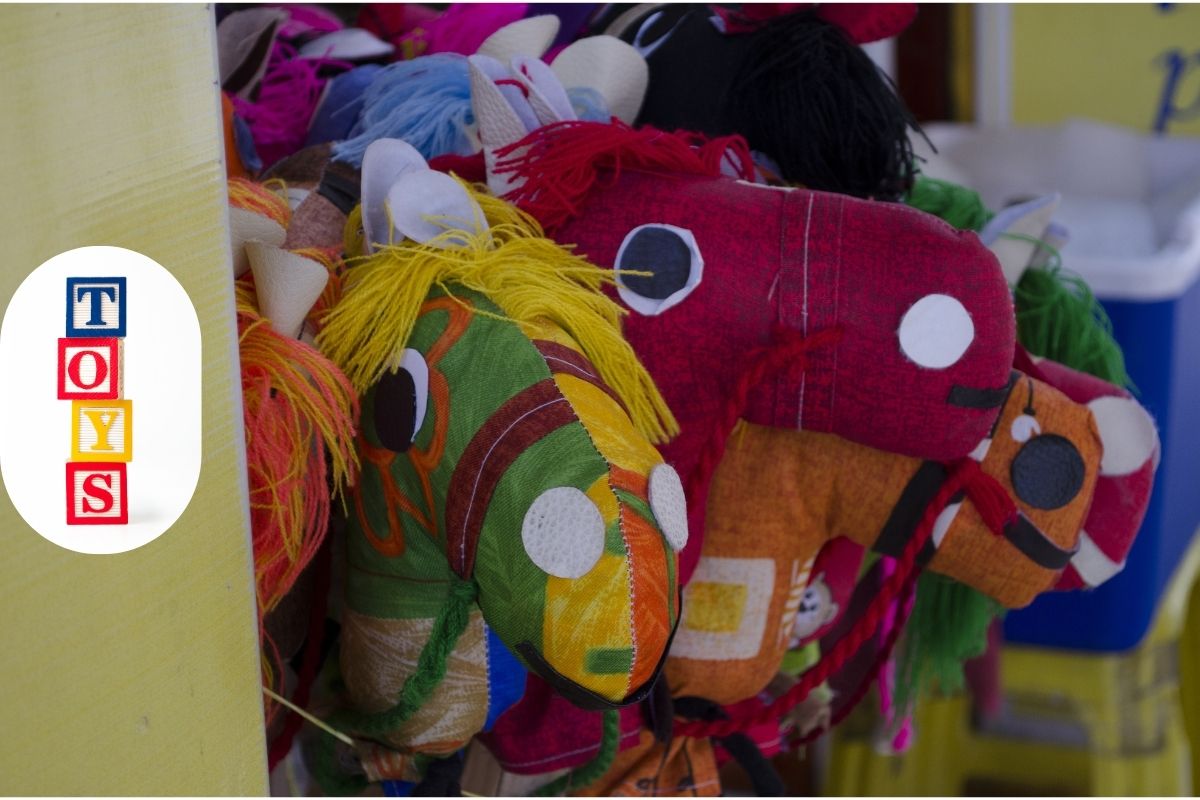
Not all toys are created equal when it comes to market demand and profitability. To ensure a successful import business, it’s crucial to analyze different toy types and identify those with high market demand.
Numerous e-commerce brands and Amazon sellers engage in toy imports from China, marketing these products on e-commerce platforms under their private labels. Consequently, you can evaluate the suitability of these items for your intended sales market by analyzing the top-selling toys on these e-commerce platforms.
Toy Categories: The Chinese toy market boasts a diverse spectrum of toy categories, encompassing but not limited to:
- Action Figures: These are typically characters from movies, TV shows, or comic books that can be articulated and played with.
- Dolls: Dolls are human or animal figures made from various materials and come in different sizes. They usually have movable limbs and wear various outfits.
- Plush Toys: Soft stuffed animals or characters made from plush fabric and other textile materials. Teddy bears are a classic example.
- Building Blocks: Toys like LEGO or Mega Bloks that allow children to construct various structures and unleash their creativity.
- Puzzles: Jigsaw puzzles, 3D puzzles, and brain teasers that challenge problem-solving skills.
- Board Games: Games played on a flat surface, typically involving strategy, luck, or a combination of both. Examples include Monopoly, chess, and Scrabble.
- Educational Toys: Toys designed to teach specific skills or knowledge, such as alphabet blocks, science kits, or math games.
- Vehicles: Toy cars, trucks, trains, and other vehicles that can be pushed, pulled, or driven.
- Outdoor Toys: Toys designed for outdoor play, such as bicycles, scooters, and sports equipment like soccer balls.
- Musical Instruments: Miniature instruments for children to play, such as keyboards, drums, or guitars.
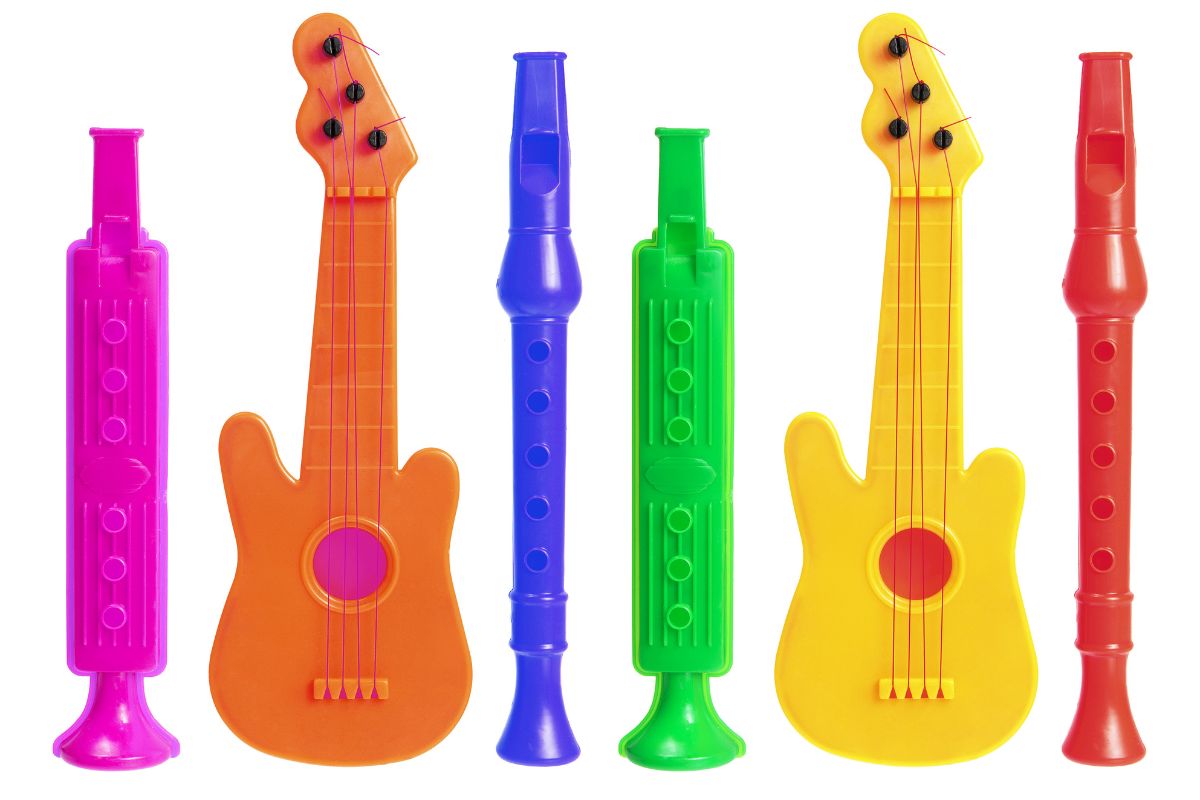
- Art and Craft Supplies: Art and craft supplies like coloring books, markers, crayons, and modeling clay that encourage artistic creativity.
- Dress-Up and Pretend Play: Costumes and accessories that allow children to role-play different characters, such as doctors, firefighters, or princesses.
- Remote-Controlled Toys: Toys that can be controlled remotely, including remote-controlled cars, helicopters, and drones.
- Electronic Toys: Toys with electronic components, including video games, tablets, and interactive learning devices.
- Science and Exploration Toys: Kits and tools that encourage scientific exploration, such as telescopes, microscopes, and rock tumblers.
- Collectibles: Often part of a series, collectible toys sought after by collectors, such as trading cards, action figures, and model trains.
- Construction Toys: Toys designed for building complex structures or machines, such as model kits and engineering sets.
- Role-Playing Games: Games and accessories that allow children to engage in imaginative role-playing, like kitchen sets or toolkits.
- Water Toys: Toys designed for water play, including pool floats, water guns, and bathtub toys.
- Novelty and Gag Toys: Fun and humorous items, such as prank toys, fake insects, and quirky gadgets.
- Robotics and Tech Toys: Toys that introduce children to robotics and tech concepts, including robot kits and programming toys.
- Collectible Figurines: Small figurines are often part of a larger series, such as superhero figurines or small animal sculptures.
These categories cover a wide range of toys, ensuring there are suitable choices for every child’s interests and developmental stage.
Finding Toy Manufacturers and Suppliers
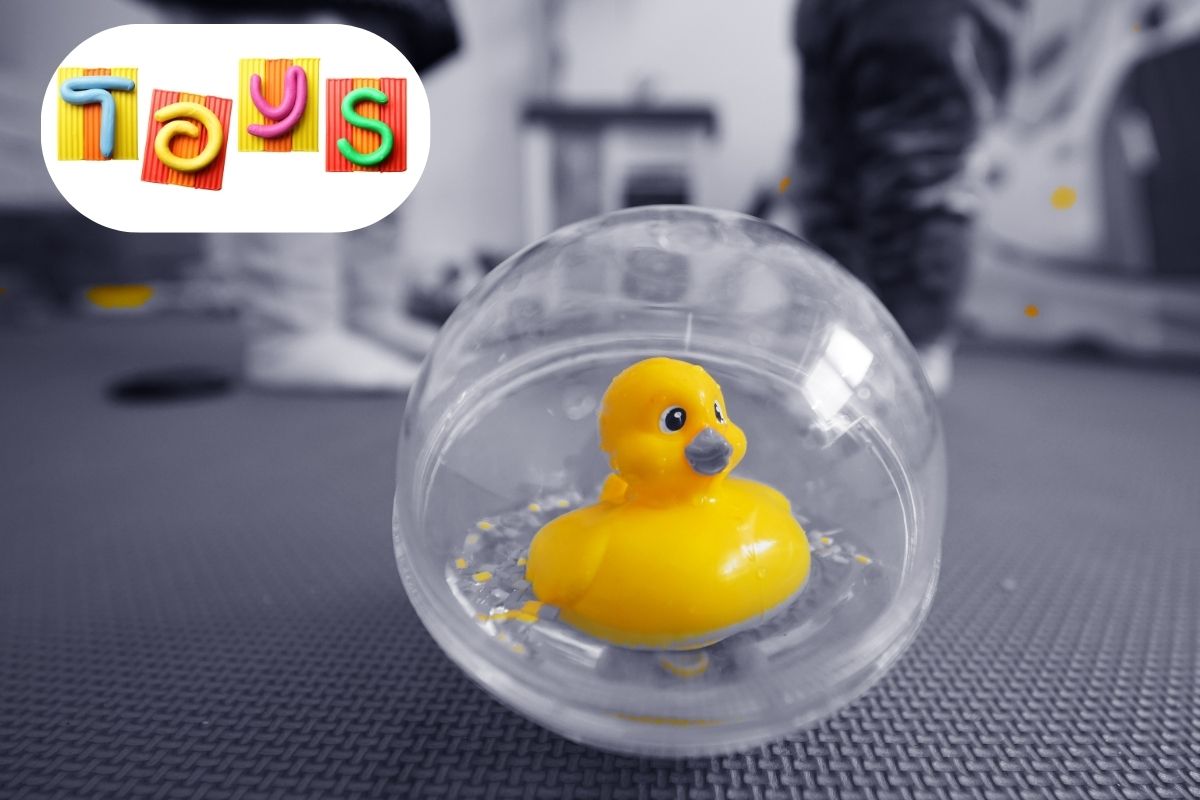
Finding reliable toy suppliers in China is a critical step in your importing journey.
If you’re considering entering the vibrant world of toy retail, you’ll need reliable suppliers to provide you with an exciting array of products.
1. Chinese Wholesale Websites
Chinese wholesale websites are a treasure trove of opportunities for toy retailers. They offer convenience, variety, and accessibility. Here’s how you can navigate these online platforms effectively:
- A. B2B Platforms:
Alibaba: As one of the largest B2B platforms globally, Alibaba caters to businesses of all sizes. Whether you’re looking for a small quantity of unique toys or planning to place bulk orders, Alibaba has you covered. It’s a versatile platform that connects you with a myriad of toy suppliers, including original factories and trading companies.
AliExpress: Perfect for newcomers and small businesses, AliExpress simplifies the sourcing process. It accommodates lower Minimum Order Quantities (MOQs), making it ideal for those with budget constraints or limited storage space.
DHgate: DHgate is another platform friendly to small businesses and self-use buyers. It provides access to a wide range of toys, allowing you to explore niche markets and discover unique products.
Made in China: If you’re ready to invest in larger quantities or require customized toys, Made in China is a prominent platform to consider. It connects you with substantial suppliers capable of fulfilling bulk orders and offering customization options.
Global Sources: This platform is a valuable addition to sourcing high-quality toy suppliers. Global Sources is known for its stringent supplier verification process, ensuring you connect with reliable partners.
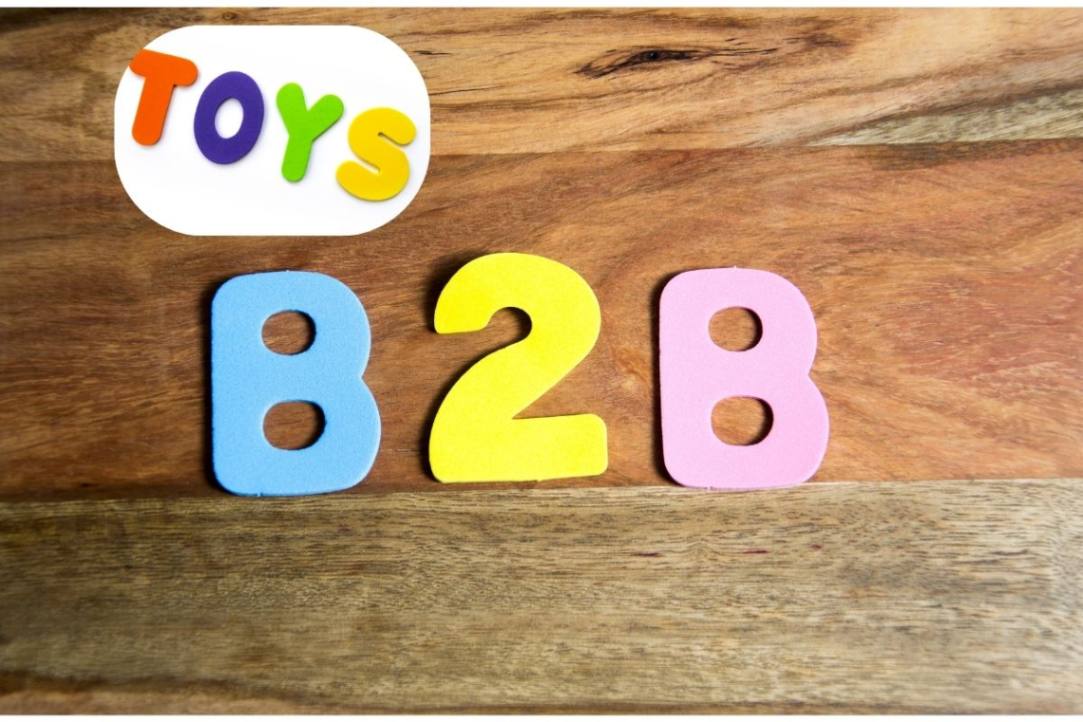
- B. Sourcing Agents:
For those seeking a hassle-free sourcing experience, working with a sourcing company can be a game-changer. These companies are experts in navigating the complexities of the Chinese toy market. Here’s how they can benefit your business:
Comprehensive Services: Sourcing companies offer end-to-end solutions, from identifying suitable factories to managing production, conducting quality inspections, arranging international shipping, and handling customs clearance.
Abundant Supplier Resources: Located in major industrial clusters like Yiwu, sourcing companies have access to a vast network of reliable toy suppliers. This proximity to wholesale markets streamlines the sourcing process.
Cost Efficiency: Sourcing companies have established relationships with freight forwarders, allowing them to negotiate competitive shipping rates. This translates to cost savings for your business.
Choosing between online platforms and sourcing companies depends on your specific needs, budget, and business scale. Whether you prefer the convenience of online browsing or the comprehensive support of a sourcing partner, the Chinese toy market has a solution for you.
2. China Trade Fairs

China hosts a plethora of trade fairs and exhibitions dedicated to toys and related industries. These events provide a platform for connecting with suppliers, discovering the latest trends, and gaining valuable industry insights. Some renowned trade fairs include the Global Sources Fair and Canton Fair.
Attending these trade fairs can be a game-changer for your toy import business, as they offer a consolidated opportunity to network, negotiate deals, and stay ahead of market trends.
Potential Challenges Encountered
Importing toys from China comes with its fair share of challenges and difficulties. Being aware of these potential obstacles will help you navigate them more effectively. We will discuss common challenges faced in toy imports, such as logistics, quality control, cultural differences, and regulatory compliance. By understanding these challenges upfront, you can proactively plan and mitigate any potential setbacks.
Selecting Toy Types and Ideal Suppliers
1. Types of Toys and Market Trends
To stay ahead in the toy import business, it’s crucial to stay abreast of market trends and consumer preferences. In this section, we will analyze various toy categories and highlight the current market trends. By identifying high-demand toy types, you can strategically align your importing efforts with consumer preferences, maximizing your chances of success.
2. Toy Manufacturing Locations in China
China boasts several major toy production areas known for their specialization in different types of toys. Understanding the advantages and highlights of these manufacturing hubs is essential when selecting ideal suppliers. We will introduce you to key toy production areas like Chenghai, Yiwu, Yangzhou, Yongjia, among others.
Earlier, we mentioned that the Chinese toy market is enormous, with numerous toy manufacturers and industry clusters. So, what are these industry clusters, what types of toys are primarily produced there, and what are their characteristics? Let’s take a closer look at each of them one by one,
Yiwu Market – Wholesale toys
Yiwu Market is the largest wholesale market for small commodities in China, gathering numerous suppliers from across the country. It offers a wide range of goods, including general merchandise, toys, household items, and decorations. Toys constitute its primary industry chain. Regarding toy product types, they include wooden toys, plastic toys, plush toys, electronic toys, remote-control toys, and more. The advantages of the Yiwu toy market mainly lie in its support for small-quantity purchases and affordable prices. However, it has drawbacks such as lower product quality and a limited degree of customization. Most toys are developed and designed by local brands, which may not fully meet the quality requirements of buyers from regions like Europe and the United States.”
Yunhe – Wooden toys
“Yunhe is the largest hub for wooden toys in China. It annually supplies approximately 10 billion Chinese yuan worth of wooden toys globally. Well-known buyers or brand owners include Hape, Ikea, Melisa & Doug, Lidl and others. The advantages of the Yunhe toy market are its support for product customization, a well-developed industry chain, and the ability to provide varying quality levels according to customer requirements, catering to both mid-range and high-end markets. However, there are certain minimum order requirements, and most raw materials, such as beechwood and pine, rely on imports.”
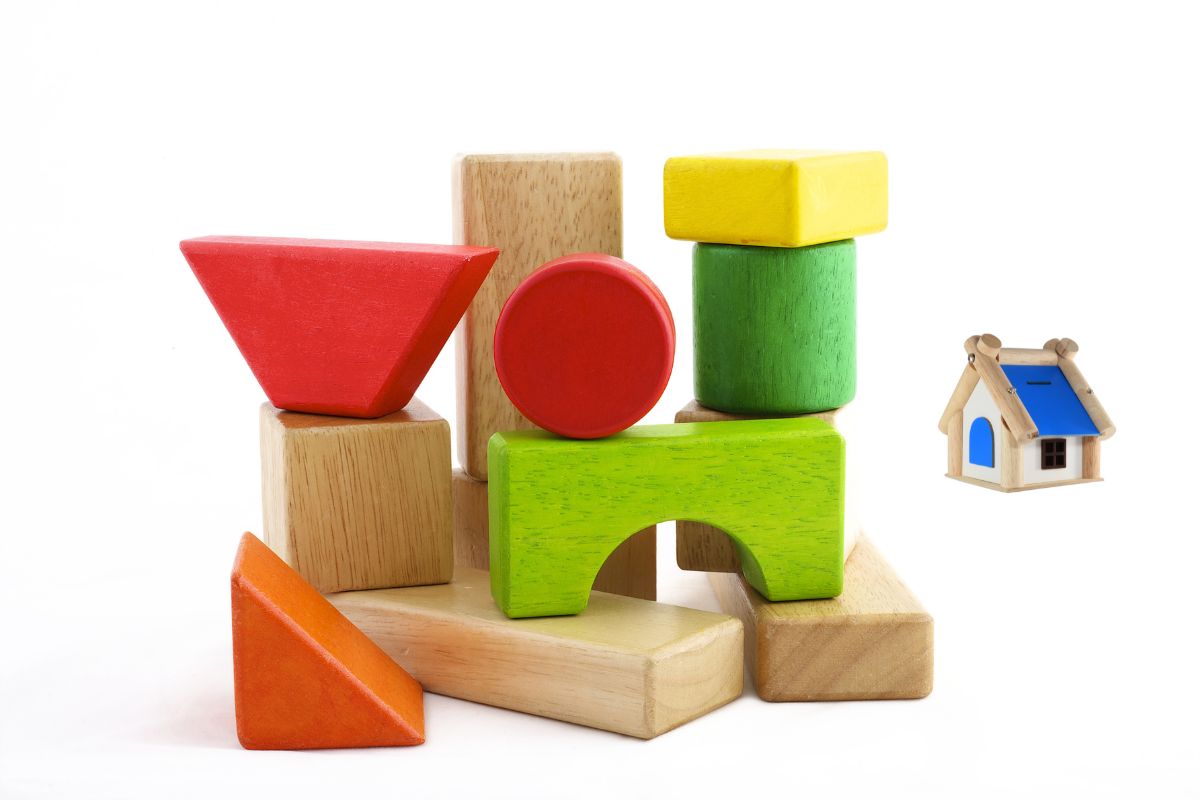
Shantou – Plastic toys – mid to low-end
Shantou is one of China’s largest plastic toy production bases, with approximately 49,000 registered toy manufacturers as of the end of 2022. In terms of production processes, Shantou toys cover various types, including injection molding, blow molding, and rotational molding. Unlike plastic toys produced in Dongguan, Shantou toys primarily focus on basic designs and cater to the mid to low-end market.
Plastic toys produced in Shantou are known for their excellent value for money, and the supporting industry chain is well-developed. Additionally, Shantou boasts numerous toy showrooms, which can meet the product selection needs of the vast majority of buyers. It is widely recognized that the development of plastic toys is largely limited by the investment in molds. Shantou toy manufacturers have limited development capabilities and rely on buyers for mold investment and product design. This is also an area where the market falls short.
Dongguan – Electric & Plastic toys – mid to high-end
Dongguan, once known as the ‘world’s factory,’ attracted significant foreign investments and factory construction as early as the beginning of the 2000s. Its capability in product development and research and development expenditure is beyond question. Unlike the Shantou toy market, toys produced in Dongguan mainly target the mid to high-end market, support product customization, and are contemporary and trendy. Dongguan’s toy production also includes some basic models and a significant portion of electronic toys. Thanks to industrial advancements, it has gathered numerous advanced production processes, positioning Dongguan-produced toys at the forefront of the industry in terms of quality and technology.
Yangzhou – Plush toys
Yangzhou is the largest production base for plush toys in China. The raw material for plush toys is polyester, including both fabric and filling, which are derived from petroleum. Plush toys produced in Yangzhou are primarily based on various animal prototypes. In 2022, the Yangzhou plush toy market reached a staggering 330 billion Chinese yuan, making it the preferred destination for foreign buyers of similar products. The distinctive features of Yangzhou plush toys are their high cost-effectiveness, excellent quality, and innovative designs. However, they face challenges such as a high degree of product homogeneity and a lack of brand influence. For a deeper look into China’s toy market, you can find additional information by visiting this link.
3. Finding High-Quality and Legitimate Suppliers
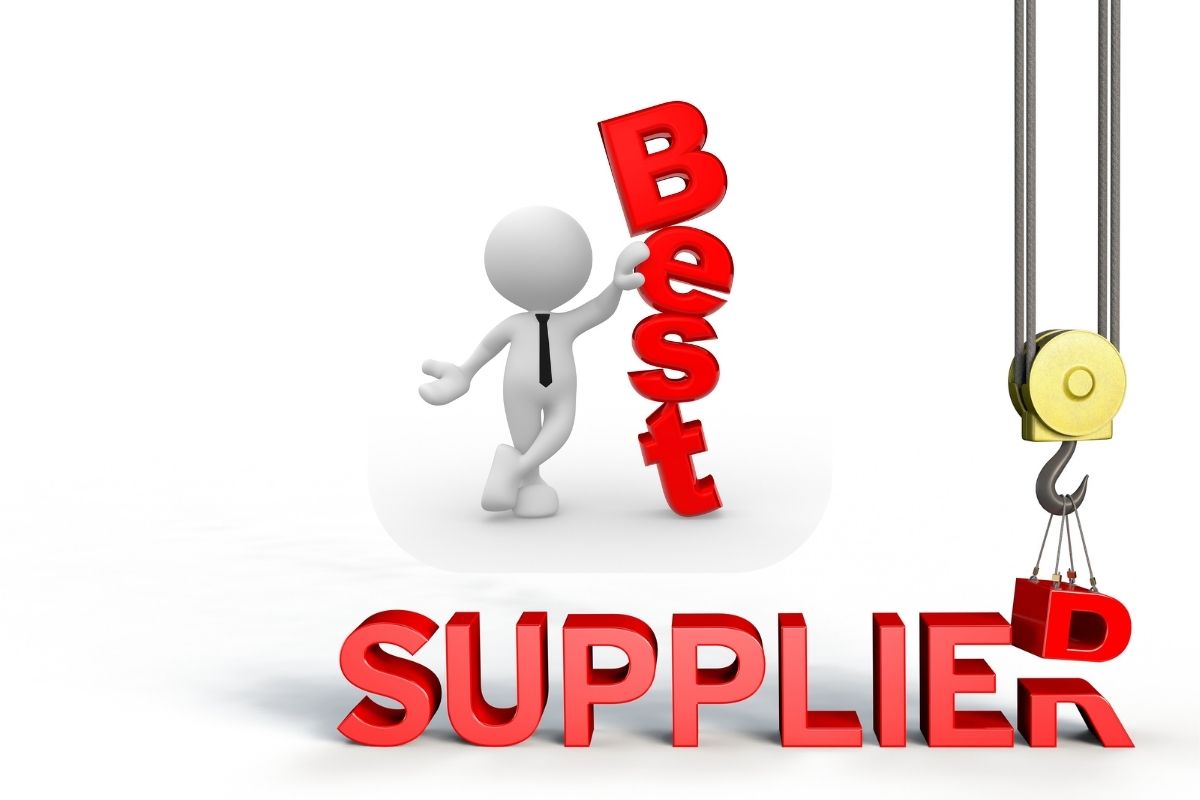
Ensuring that you work with reputable suppliers is paramount for a successful import business. In this section, we will guide you through the process of finding high-quality and legitimate suppliers who meet your specific requirements. From conducting supplier due diligence to establishing effective lines of communication, we’ll provide practical tips to ensure that you build strong partnerships with trustworthy suppliers.
Potential Challenges in Toy Importing
1. Safety and Certificate Requirements
Safety standards are a crucial aspect when importing toys from China to comply with international regulations. This section will shed light on safety and certificate requirements for imported toys, with a focus on the U.S. and European markets. Understanding these requirements will help you ensure that the toys you import meet the necessary safety standards, ensuring consumer confidence and regulatory compliance.

2. Design Infringement Issues
Design infringement can pose significant legal risks when importing toys. Unauthorized use of copyrighted designs can result in costly legal battles and damage to your brand reputation. We will discuss potential design infringement issues and provide insights into how you can protect yourself from such risks. By understanding copyright laws and taking appropriate precautions, you can safeguard your business interests.
3. Customs Clearance Challenges
Navigating customs clearance procedures is a crucial aspect of toy imports. This section will provide an overview of the customs clearance process, including potential challenges that may arise. By familiarizing yourself with these challenges and preparing in advance, you can ensure smooth customs procedures and timely delivery of your imported toys.
Key Steps to Successfully Importing Toys

1. Identifying High-Potential Best-Selling Toys
Identifying market-top toys with high sales potential is vital for a successful import business. In this section, we will guide you through the process of determining which toys are likely to be best-sellers in advance. By conducting thorough market research and analyzing consumer trends, you’ll be able to make data-driven decisions about which toys to import for maximum profitability.
2. Choosing the Right Suppliers
Selecting reliable suppliers is crucial for maintaining consistent product quality and on-time delivery. This section will provide step-by-step guidance on evaluating suppliers effectively. We will cover aspects like supplier capabilities, production capacity, quality control processes, and ethical considerations. By choosing the right suppliers, you can establish long-term collaborative relationships that contribute to your overall success.
3. Meeting Safety and Legal Requirements
Ensuring that your imported toys comply with safety standards and legal requirements is paramount. This section will equip you with the knowledge and resources necessary to navigate safety regulations in different countries. We will discuss testing procedures, documentation requirements, and compliance measures. By prioritizing safety and legal compliance, you can build trust with consumers and maintain a positive reputation.
4. Efficient Customs Procedures
Efficient customs clearance is essential for the timely delivery of your imported toys. This section will provide practical advice on smoothly navigating customs procedures, including tips on documentation preparation, tariff classification, and working with customs brokers. By streamlining your customs processes, you can avoid unnecessary delays and ensure that your toys reach the market promptly.
5. Running a Successful Toy Import Business
In this final section, we’ll offer practical advice on managing and growing your toy import venture. From inventory management to marketing strategies, we’ll explore various aspects that contribute to the overall success of your business. Whether you’re an established entrepreneur or new to the import industry, these insights will help you make informed decisions as you navigate the complexities of running a toy import business.
Read More:
- Sourcing in China | The Guide to Source Products From China
- Importing Clothing and Textiles from China
- what is a sourcing agent?
- Benefits of Working with China Sourcing Agents
Summary Up
Importing toys from China offers entrepreneurs and business owners exciting opportunities in the global toy market. Through careful planning, selecting ideal suppliers, addressing potential challenges proactively, and ensuring compliance with safety standards and legal requirements, you can establish a successful toy import business. Armed with the knowledge gained from this comprehensive guide, you are now equipped to embark on your journey into the world of importing toys from China with confidence and strategic foresight.
Remember: Success in this venture requires continuous learning and adaptation as market trends evolve. Stay informed about industry developments, maintain strong relationships with suppliers, prioritize quality control measures, and nurture customer satisfaction to thrive in the competitive toy import landscape!


